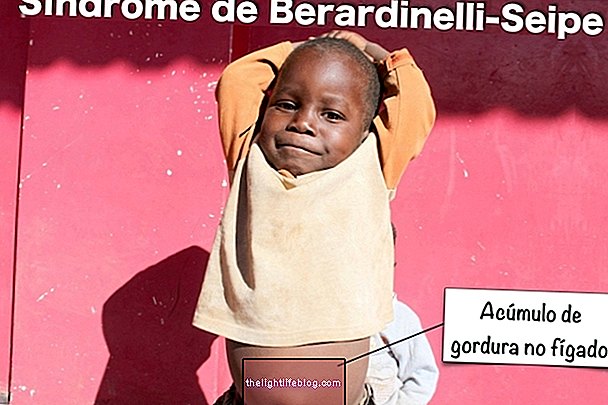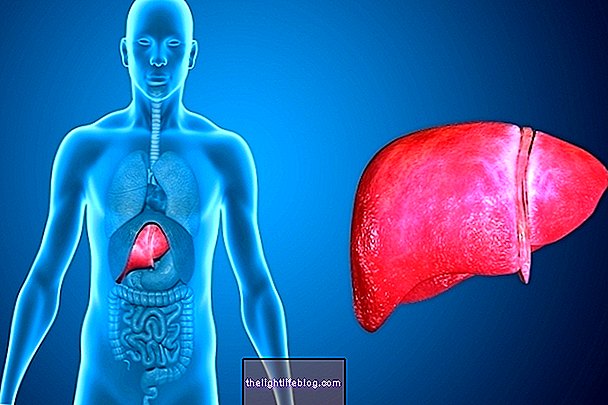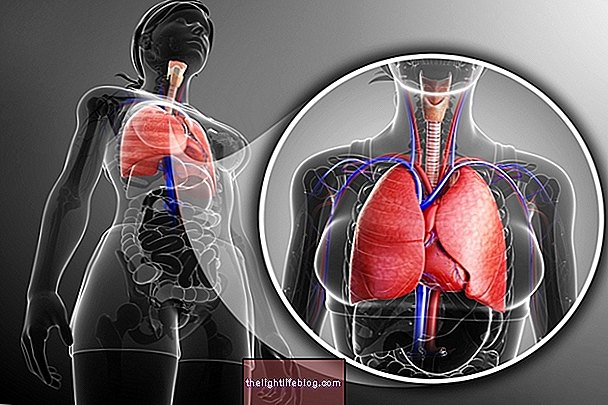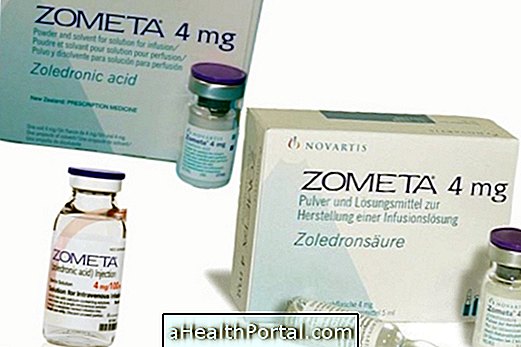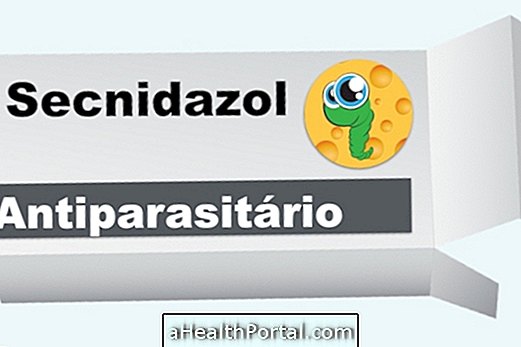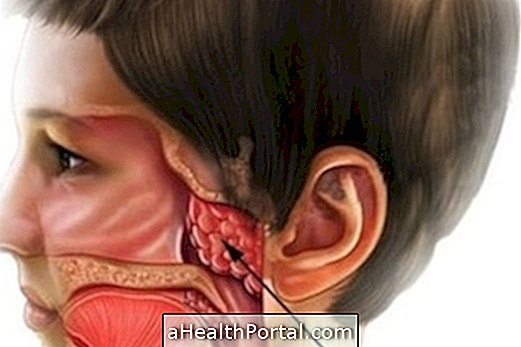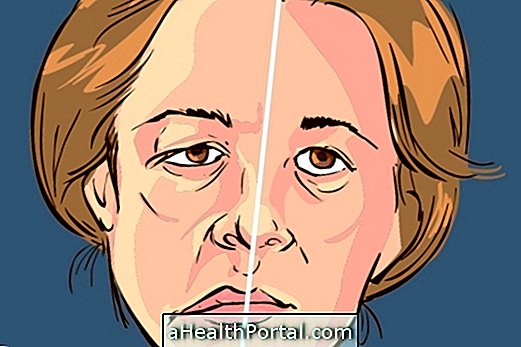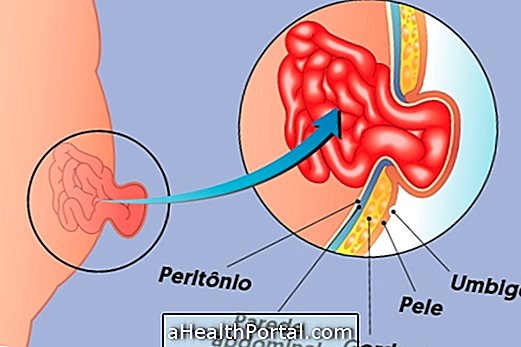Crouzon syndrome, also known as craniofacial dysostosis, is a rare disease where there is a premature closure of the skull sutures, which leads to several cranial and facial deformities. These deformities can also generate changes in other systems of the body, such as vision, hearing or breathing, making it necessary to carry out corrective surgeries throughout life.
When suspected, the diagnosis is made through a genetic cytology exam that is performed during pregnancy, either at birth or during the first year of life, but it is usually only detected at 2 years of age when the deformities are more pronounced.

Main symptoms
The characteristics of the child affected with Crouzon syndrome vary from mild to severe, depending on the severity of the deformities, and include:
- Skull deformities, the head starts to take on a tower appearance and the nape becomes more flattened;
- Facial changes such as protruding eyes and more distant than normal, enlarged nose, strabismus, keratoconjunctivitis, difference in the size of the pupils;
- Rapid and repetitive eye movements;
- IQ below normal;
- Deafness;
- Learning difficulties;
- Cardiac malformation;
- Attention deficit disorder;
- Behavior changes;
- Brown to black velvety spots on the groin, neck and / or under the arm.
The causes of Crouzon syndrome are genetic, but the age of the parents can interfere and increase the chances of the baby being born with this syndrome, because the older the parents, the greater the chances of genetic deformities.
Another disease that can cause symptoms similar to this syndrome is Apert syndrome. Learn more about this genetic disease.
How the treatment is done
There is no specific treatment to cure Crouzon syndrome, and for this reason the treatment of the child involves performing surgeries to soften bone changes, reduce pressure on the head and prevent changes in the development of the skull shape and brain size, taking into account both aesthetic effects and effects that aim to improve learning and functionality.
Ideally, surgery should be performed before the child's first year of life, as the bones are more malleable and easier to adjust. In addition, the filling of bone defects with methyl methacrylate prostheses has been used in cosmetic surgery to smooth and harmonize the facial contour.
In addition, the child must undergo physical and occupational therapy for some time. The goal of physiotherapy will be to improve the child's quality of life and lead him to psychomotor development as close to normal as possible. Psychotherapy and speech therapy are also complementary forms of treatment, and plastic surgery is also beneficial for improving the facial aspect and improving the patient's self-esteem.
Also, check out some exercises that can be done at home to develop the baby's brain and stimulate its learning.
Was this information helpful?
Yes No
Your opinion is important! Write here how we can improve our text:
Any questions? Click here to be answered.
Email in which you want to receive a reply:
Check the confirmation email we sent you.
Your name:
Reason for visit:
--- Choose your reason --- DiseaseLive betterHelp another personGain knowledge
Are you a health professional?
NoMedicalPharmaceuticalsNurseNutritionistBiomedicalPhysiotherapistBeauticianOther
